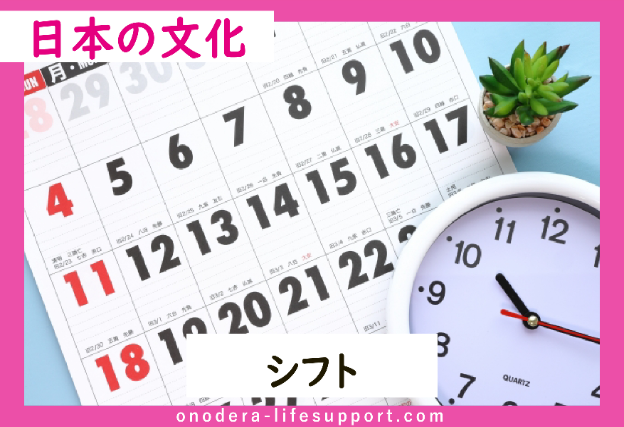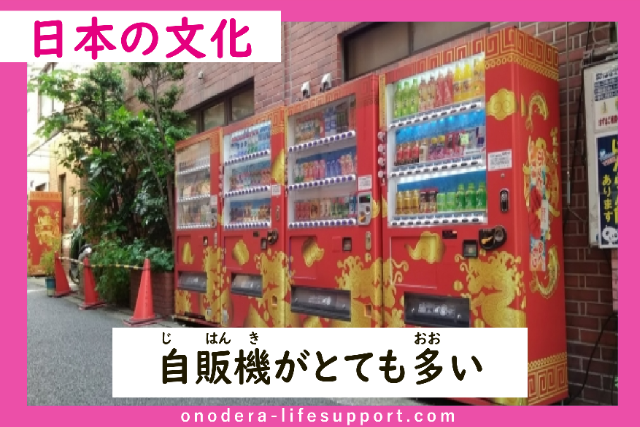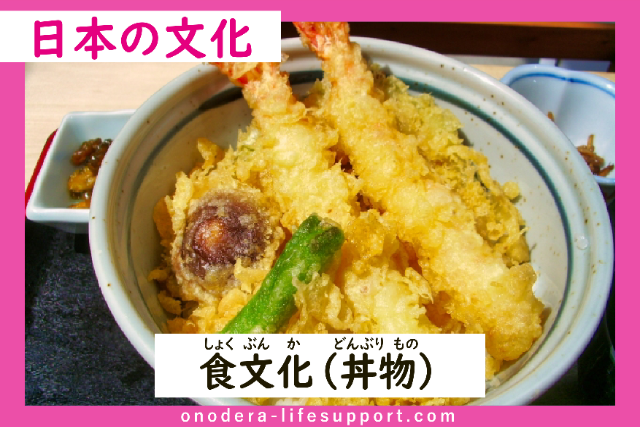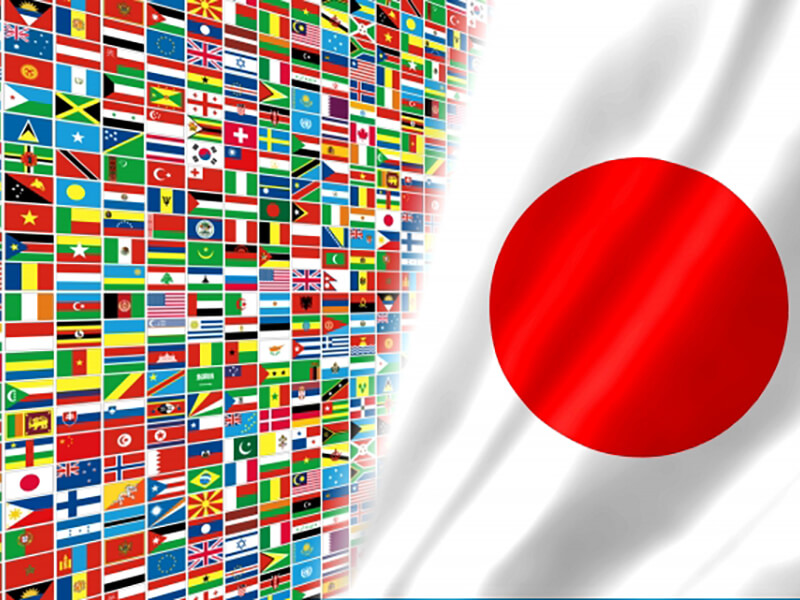Types of Ramen and How to Eat it
Ramen is one of the most popular cuisine that represents Japan.
Not only do the varieties and ramen soup make it very popular, the thickness variety of ramen noodles also make it loved worldwide.
Although ramen may be called a simple dish made of noodles and soup, there are many different types and different ways to enjoy it.
- 7 Basic Types of Ramen Flavors
- Shoyu (Soy sauce) Ramen
In Japan, shoyu ramen is considered the most common type of ramen. The sauce based on soy sauce is made with soup stock from pigs, chickens, seafood, etc. The types of soy sauce and soup vary depending on the store and region. Depending on the noodles used, there is a different impression every time it is eaten.
- Miso Ramen
One of the unique traits of making miso ramen is by heating miso paste, vegetables, and soup stock on a high temperature.
- Shio or Salt Ramen
Generally, shio ramen is said to have a light flavor. Unlike soy sauce and miso, salt does not have its own color, thus, making the soup appear transparent.
- Tonkotsu or Pork Bone Ramen
Soups are typically made by simmering pork bones for a long period of time and turns cloudy. The concentration and taste vary depending on the time of cooking and the part of the pork used.
- White Chicken Broth Ramen
White chicken broth ramen is a type of ramen where the soup that has been simmered for a long time and has turned cloudy, similar to the pork bone ramen. Although compared to pork bone ramen, most people find it easier to eat.
- Tsukemen
Tsukemen is when you eat the noodles by dipping them in the soup. Ramen is usually served with boiled noodles in hot soup. But for tsukemen, boiled noodles are washed with cold water and served in a separate bowl from the soup.
- Oil Soba
Oil soba is simply a ramen without any soup, thus it is also called [shiru nashi] or [maze soba]. It is characterized by eating a small amount of sauce entwined in noodles. The sauce tends to accumulate at the bottom, so it is recommended to mix it well before eating.
- Ramen Topping
Although there are actually many varieties depending on the type of ramen and the region, here are the 5 commonly used ingredients as toppings.
- -Chashu or roasted pork fillet
- -Menma or fermented bamboo shoots
- -Nori or seaweed
- -Negi or onion
- -Ajitama or seasoned soft-boiled egg
- How to eat Ramen
In Japan, there is a habit of making noises when slurping ramen noodles. One of the reasons for slurping the noodles is because it will easily get entangled with the soup, which helps improve the aroma.
The secret to slurping is to slurp the noodles vigorously so that you can also inhale in the air. Although some people may feel uncomfortable at first, but please do not hesitate to eat it wholeheartedly.
Enjoying ramen shops around Japan and around the world might be a good idea. Ramen that Japanese people love. Ramen shops are particularly crowded during the cold season. Instant noodles can be cooked easily at home, making them very convenient for people living alone.


















